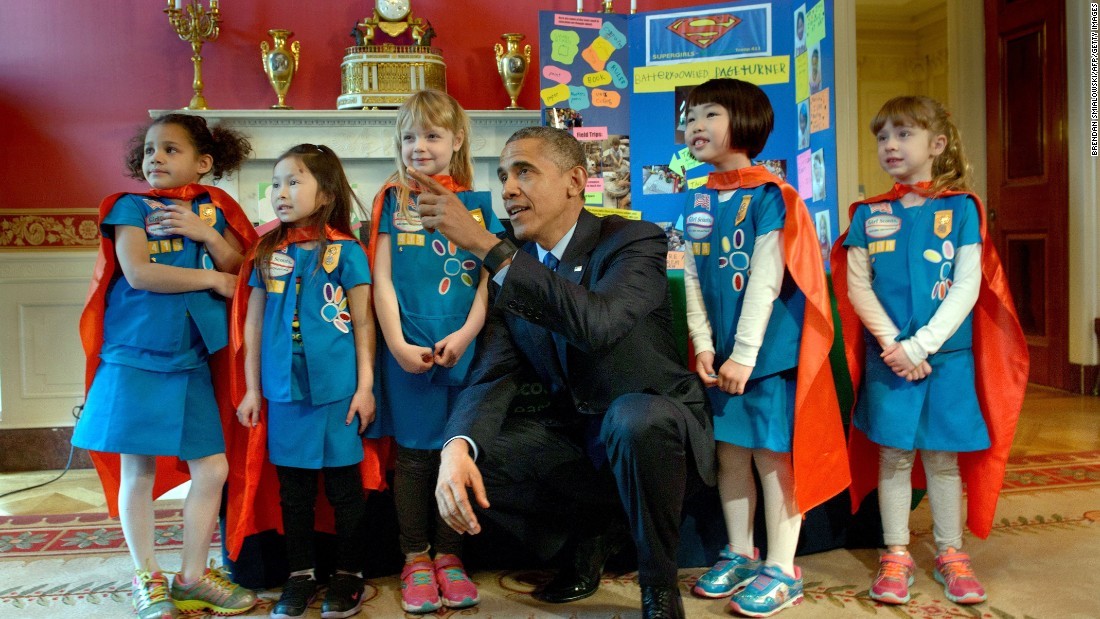I lean somewhat politically conservative. Working for over a decade in higher education, in three institutions and with nearly a dozen colleges and programs, this sometimes makes me the odd person out. It's not so bad. As with graduate school, learning to keep my thoughts to myself is an opportunity to shut up and listen.
But I'm also more practical than ideological.
I saw some very positive things come out of the Obama Administration, and particularly in education. The greatest among these in may be his public emphasis on STEM learning.
While science and engineering colleges grow in economic importance, and arts and humanities (as popularly seen) have become more divisive if not radicalized, Obama's push for STEM (Science Tech Engineering and Math) in education was practical. As was his emphasis on Community College Education, where I have direct experience as well as indirect through university collaboration.
In fact, contrary to popular belief among some conservatives, this practicality even reached into grant funding such as with the National Science Foundation. Suddenly, in the Obama years, pork-funded research for its own sake wasn't enough. They wanted outcomes that could, in fact, be monetized.
The public emphasis on STEM and life-improving, patent-worthy outcomes has seen some great collaborations across departments this past decade..
The STEM push has led to the need for more STEM educators both secondary and post-secondary, and thus awesome collaborations between Colleges of Education and Colleges of Sciences across university campuses.
Which in turn, at least in research institutions, pulls in the Business Departments and Research Parks as well where regents have a vested interest in internal patents and corporations have need for risk-taking R&D. Colleges of Business, Business Institutes, and Research Parks tend to be the most meaningfully connected university divisions in terms of meaningful connections to the surrounding community and its economy.
Education, though their own colleges, traditionally have more cultural/political alignment with social sciences and even the arts, but here they are, working hand in hand with STEM Colleges and business. At a time when campuses appear more divided than ever in popular media, what often is not reported is at least as meaningful. There are roads and bridges being built across large divides, largely attributable to the Obama STEM push.



